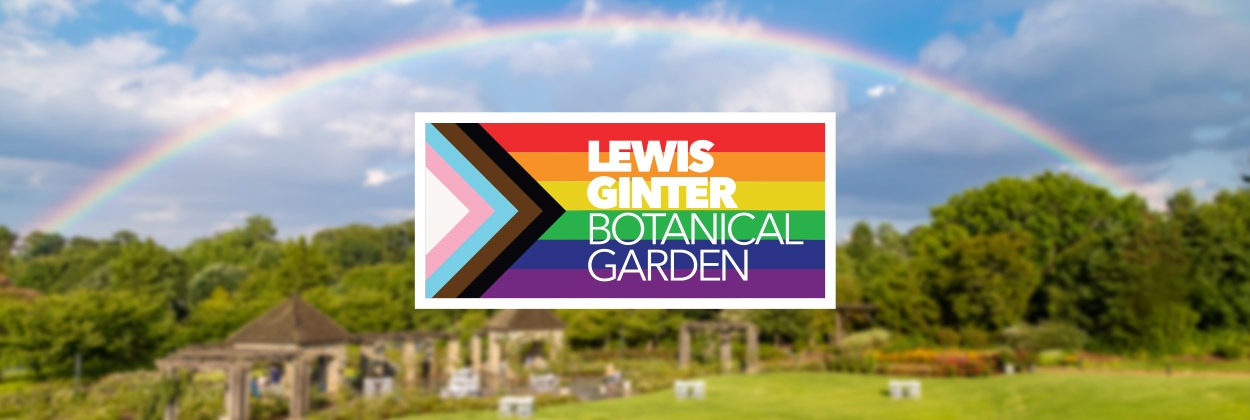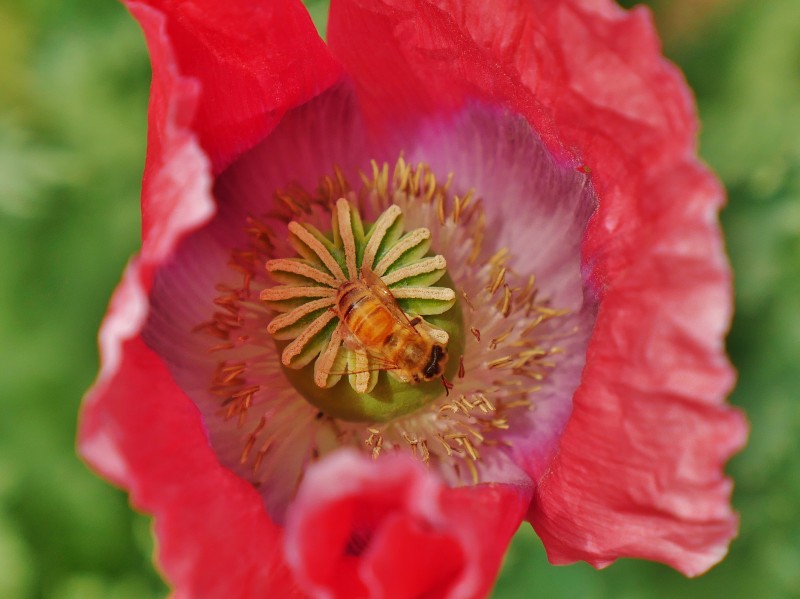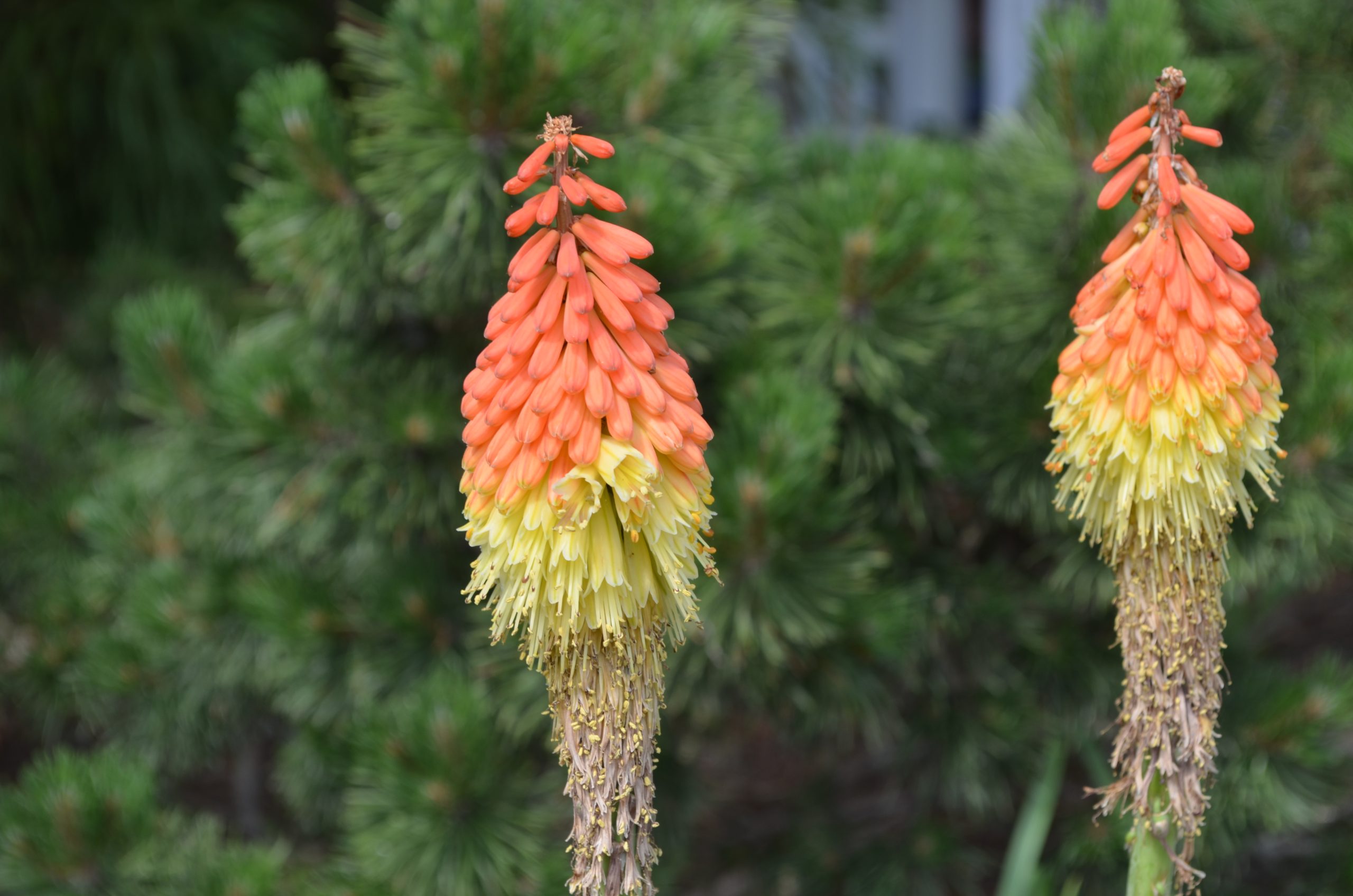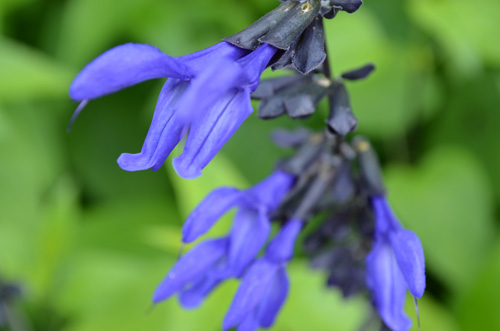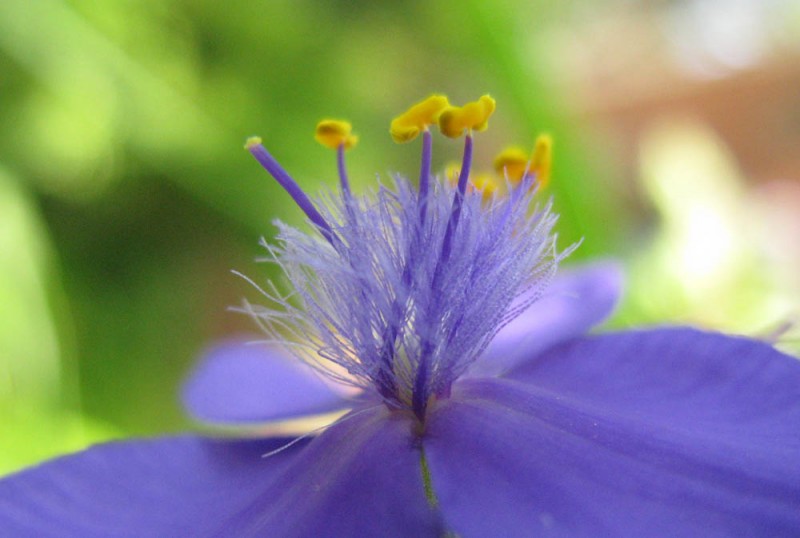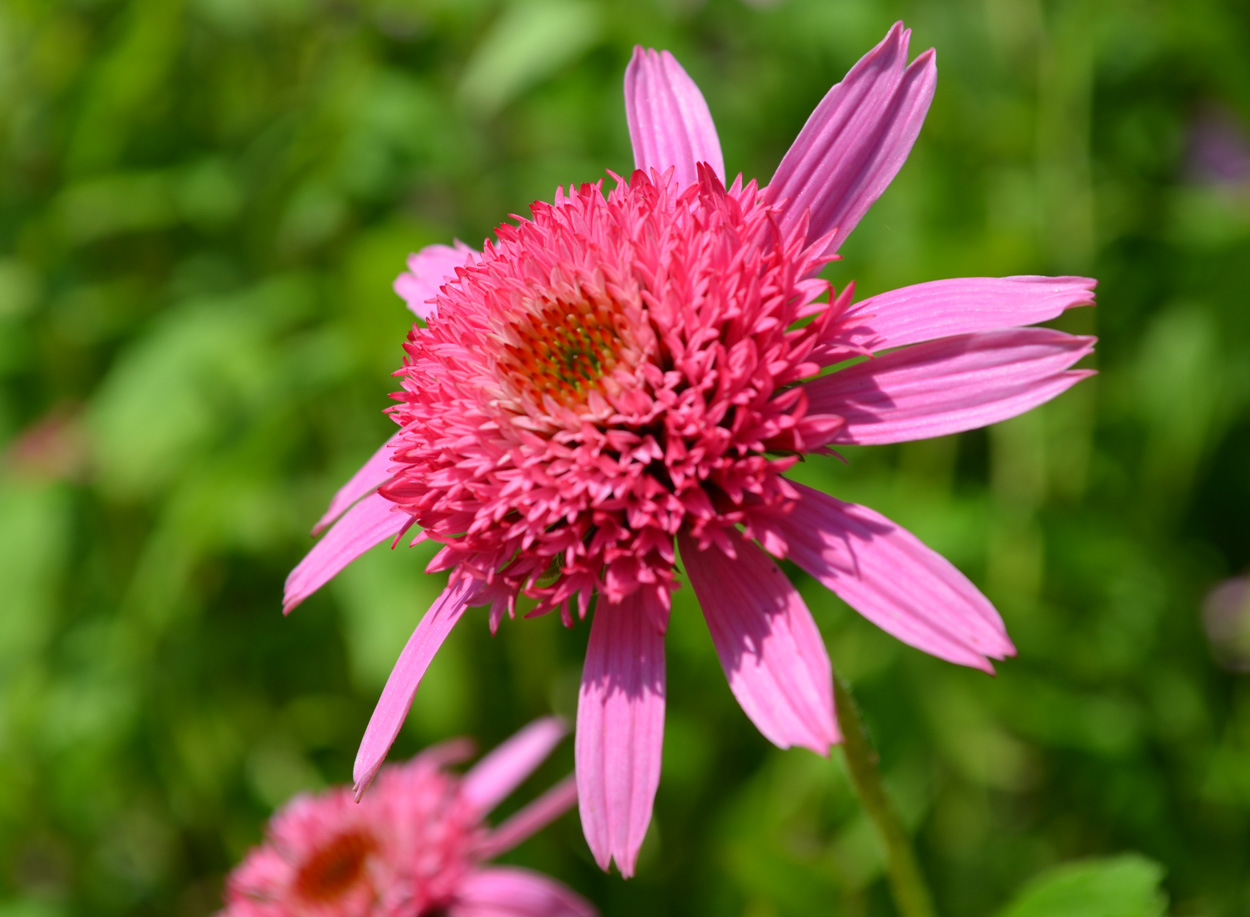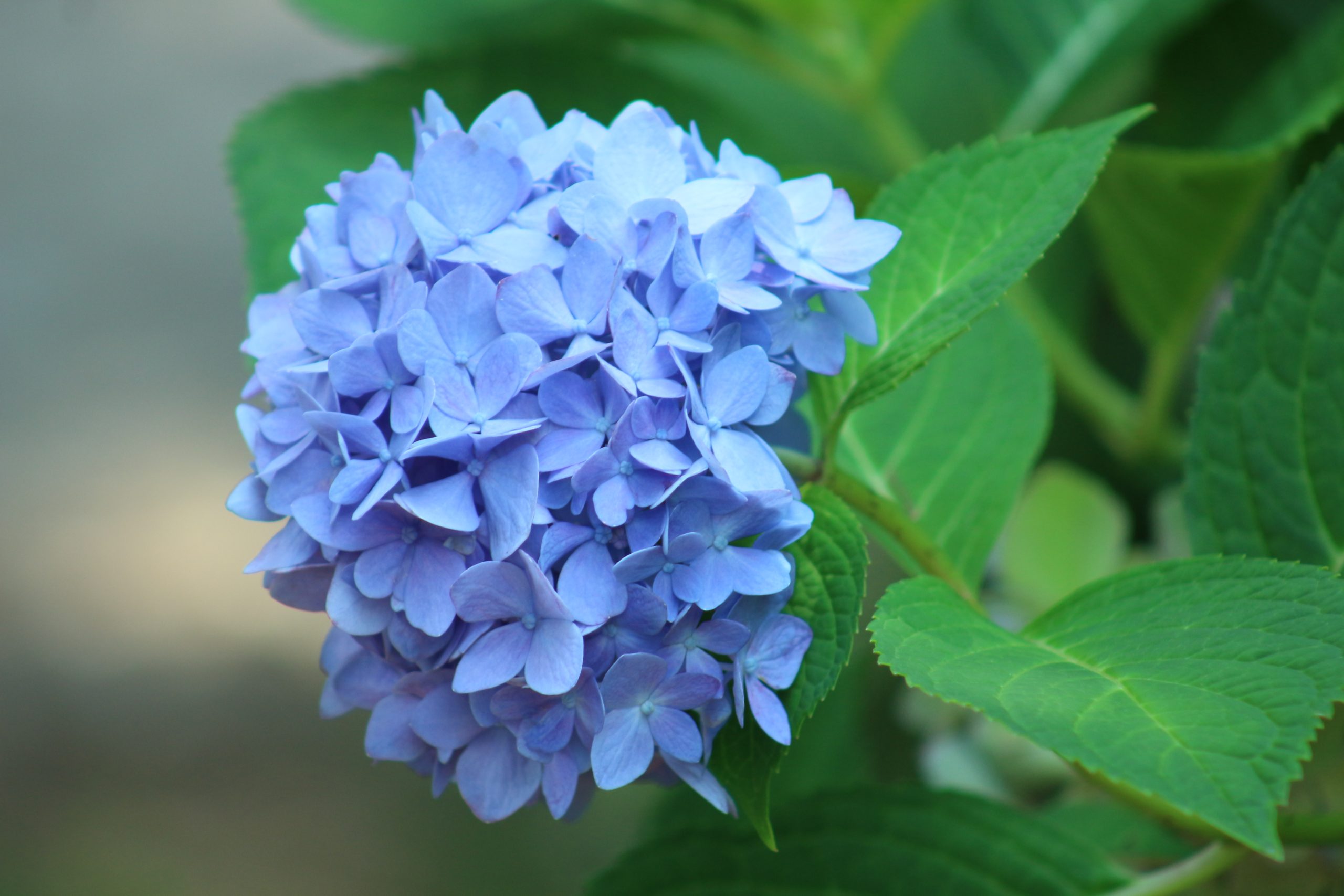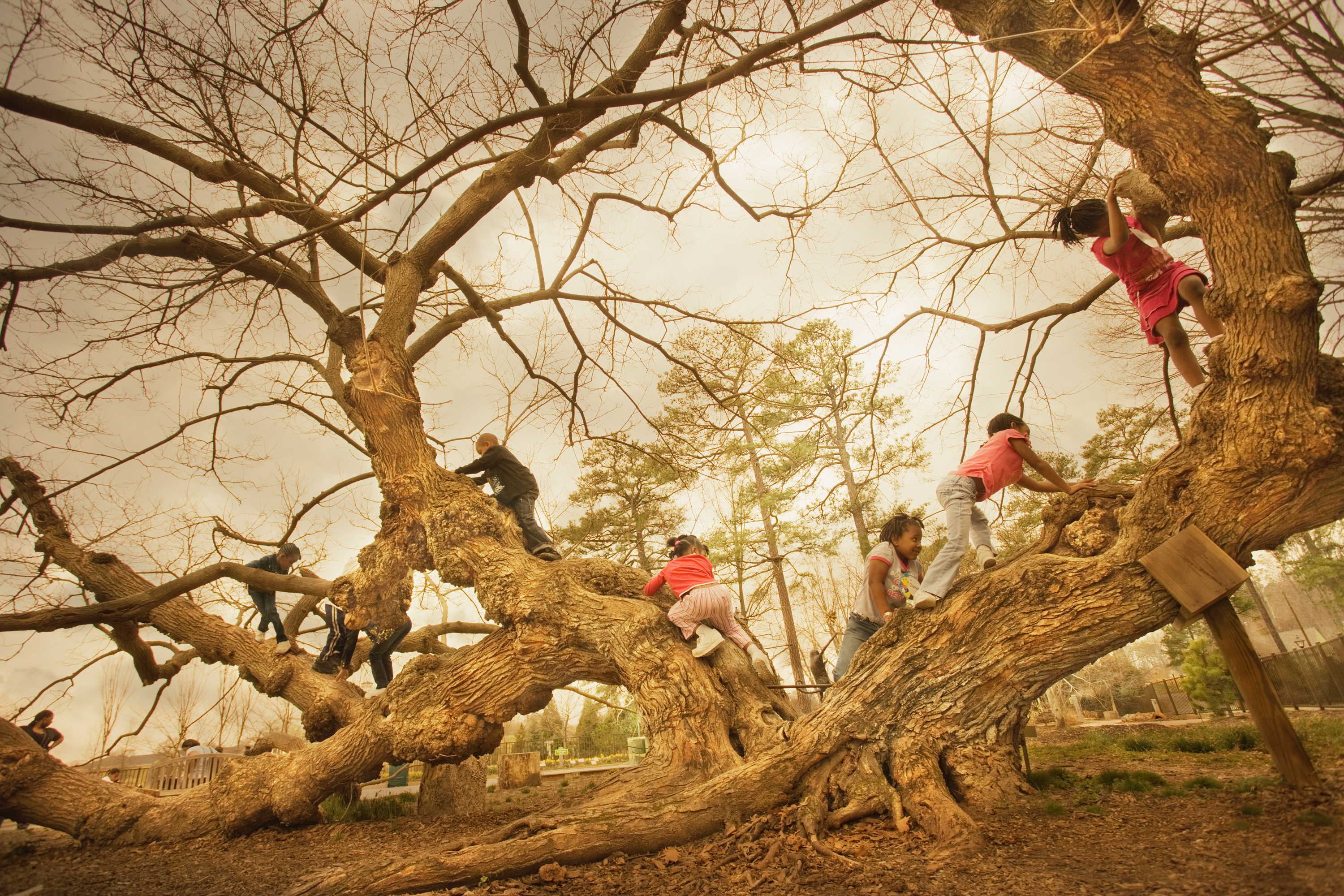Pride Blooms with Color
Red: poppy
Orange: red hot poker
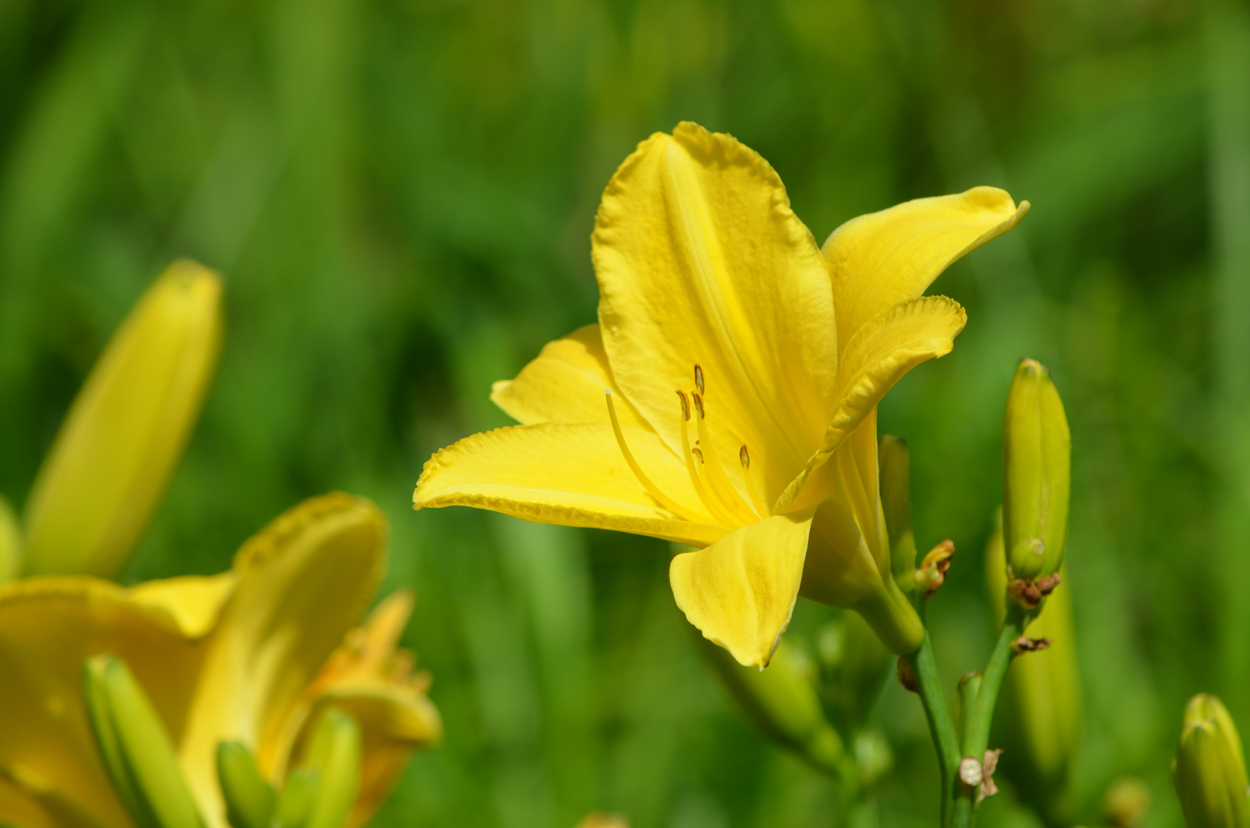
Did you know that daylilies really only bloom for one day? It’s amazing when you realize how blessed you are to be here for this one-day bloom!
Yellow: daylily
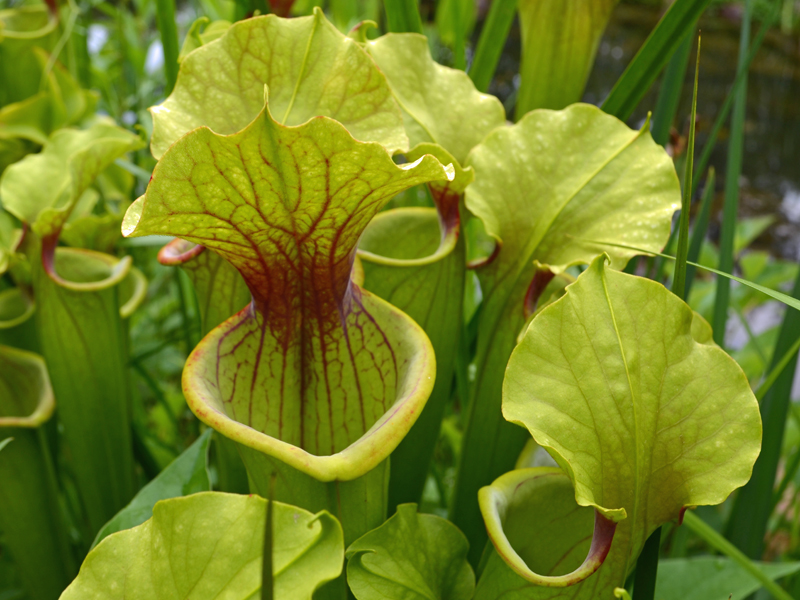
Lewis Ginter Botanical Garden has several endangered Sarracenia (pitcher plant) cultivars in its collection.
Green: pitcher plant
Dark Blue: sage
An herbaceous perennial, this cultivar, Salvia guaranitica ‘Black and Blue,’ is a stunning plant with vibrant blue flowers. The stems and buds are strikingly dark and look nearly black to the naked eye. They aren’t exactly dark blue, but they are about as close as we can get in the plant world! They can be found in Flagler Garden and the Children’s Garden.
Purple: spiderwort
White: Southern magnolia
Pink: pink coneflower
Light Blue: hydrangea
Brown: the bark of the mulberry tree
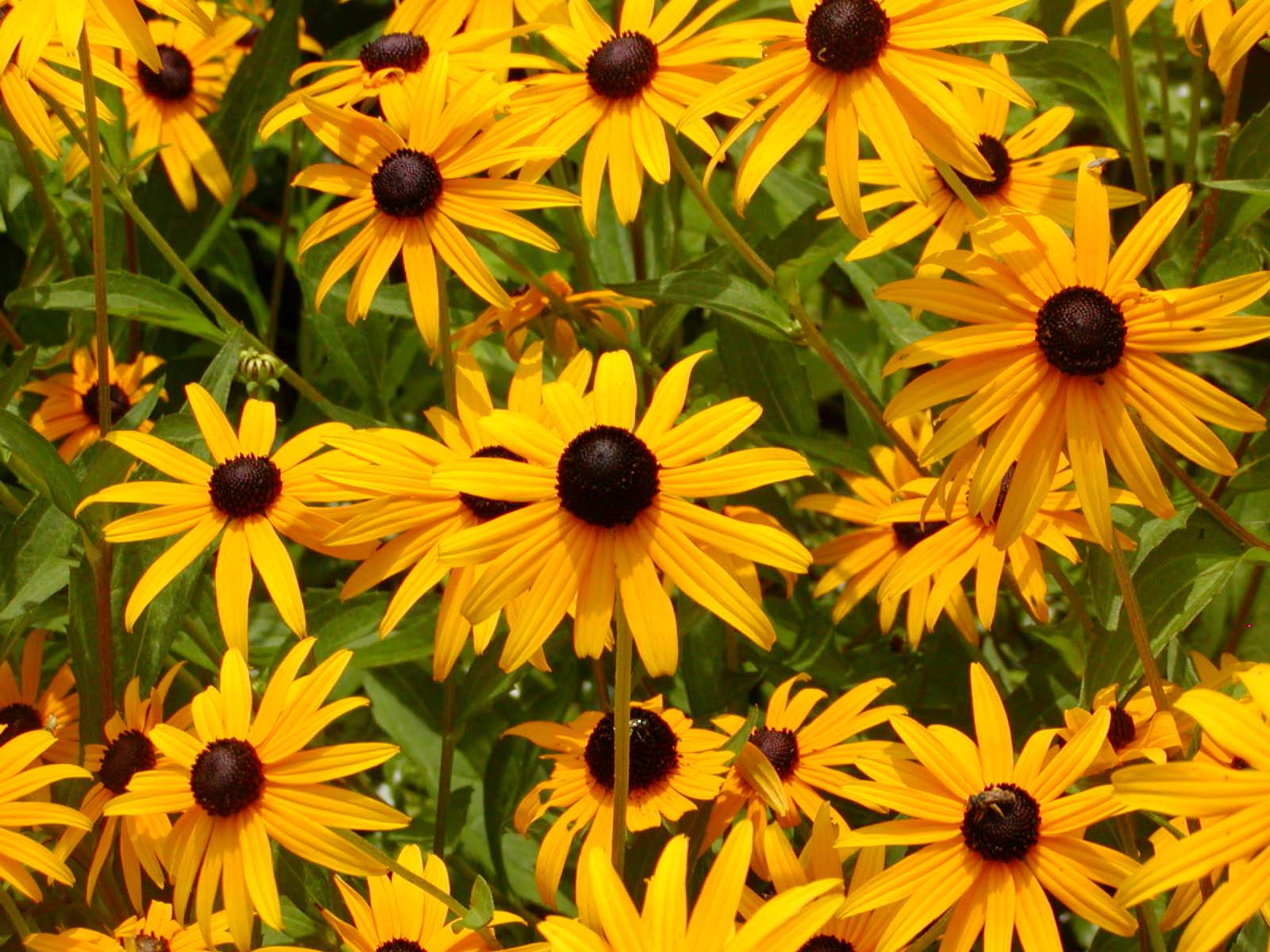
The hairy coneflower (Rudbeckia hirta) is a native plant and easily establishes itself. It’s just one of our Pride Month blooms.
Black: hairy coneflower
The hairy coneflower (Rudbeckia hirta) is popular with pollinators like butterflies and it does best in the heat of summer. Hairy coneflowers get their name from the black, hairy centers of the flowers that contrast with their bright yellow petals. Search for these beauties in the Anderson Wildflower Meadow and elsewhere in the Garden.
Hopefully, this list will bring a pop of color to your Pride Month! We look forward to seeing you soon.
